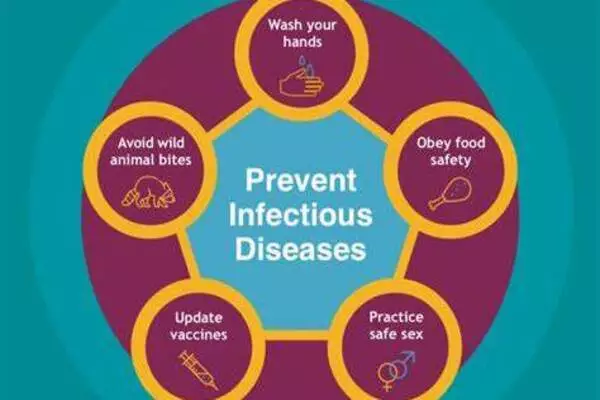While early childhood is a critical period for disease prevention and vaccination, global efforts to reduce infectious diseases must extend far beyond this stage. Infectious diseases continue to pose significant threats to global health, and addressing them requires a comprehensive and sustained approach across all age groups.
According to a new study, global efforts to reduce infectious disease rates must focus more on older children and adolescents, following a shift in disease burden onto this demographic. The study, led by Murdoch Children’s Research Institute and the Institute for Health Metrics and Evaluation, discovered that infectious disease control has primarily focused on children under the age of five, with little attention paid to young people aged five to 24.
The study, which was published in The Lancet, discovered that three million children and adolescents die from infectious diseases each year, which equates to one death every ten seconds. It examined data from birth to 24 years of age from 204 countries between 1990 and 2019.
Two-thirds of infectious diseases and deaths among children and adolescents are caused by diarrhea, pneumonia, and malaria. Among older adolescents, HIV and tuberculosis were the leading causes.
The findings highlight the importance of continuing to build capacity and scale up trusted interventions like immunization programs in health systems, particularly in low-income countries.
Dr Jessica Kerr
The shift in infectious disease burden from young children to older children and adolescents was largely driven by significant infection control efforts in low-income countries aimed at children under the age of five, as well as slower progress in older age groups. In 1990, 85 percent of the infectious disease burden was among children younger than five years, however, by 2019, this decreased to 75 percent.
In low to middle-income countries, infectious diseases killed more than half of children and adolescents, compared to 6% in high-income countries. The greatest disease burden was carried by India, Nigeria, and Pakistan.
Upper respiratory tract infections, such as sinusitis and tonsillitis, and infectious skin conditions, such as shingles and cellulitis, are the infectious diseases with the highest burden in Australia from birth to 24 years. In high-income countries, the leading causes of disease burden are associated with conditions that resulted in disability, highlighting the need to look beyond death rates and focus more on the impact of a disease on a person’s life.

Dr Jessica Kerr of Murdoch Children’s said the policy focus should be expanded to include older children and adolescents, and more action taken to prevent tuberculosis and HIV. “The majority of infectious disease deaths occur in children under the age of five, so while reducing this has been a historical achievement, it should not be our sole focus,” she said.
“The significant reduction has resulted in a shift in disease burden from young children to older children and adolescents, which has been reinforced by infectious disease control programs’ almost exclusive focus on younger children.” There is currently an unmet health need among older children and adolescents, which requires the global community to advocate for policy changes and funding to address.”
Murdoch Children’s Professor Peter Azzopardi said the research would have important implications for global policy, financing, resource allocation and health systems, especially in light of recent health crises.
“The COVID-19 pandemic and recent epidemics of Zika virus, Ebola and severe acute respiratory syndrome underscore the urgent need to take stock of infectious disease control,” he said. Some of these emergent diseases have affected adolescents more than younger children, challenging the almost exclusive focus on younger children within existing infectious disease control.
“The findings highlight the importance of continuing to build capacity and scale up trusted interventions like immunization programs in health systems, particularly in low-income countries.” However, there must also be investment in broader approaches that address social barriers, such as improving access to health care for adolescent males with HIV.”
According to Murdoch Children’s Professor Susan Sawyer, the COVID-19 pandemic has rightly focused global attention on infectious diseases.
“This study reminds us of the importance of addressing both emerging and established infectious diseases, particularly in those aged 5-24 years, who are all too often overlooked by policy and programming,” she said.
















